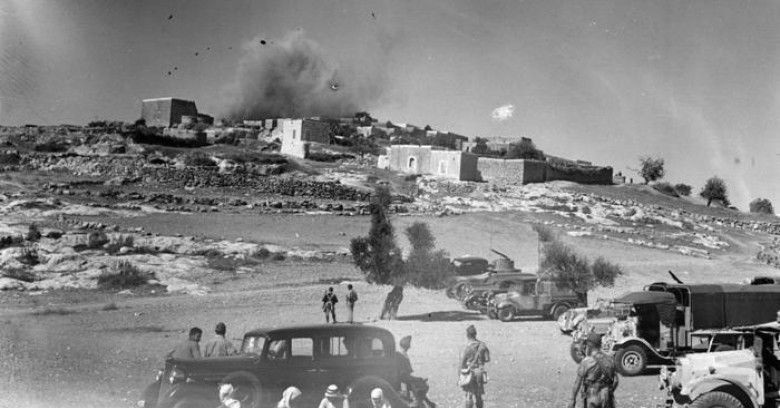HEBRON,
December 17, 2015 (WAFA) - The United States Agency for International Development
(USAID) and the Palestinian Water Authority announced the opening of the new
Deir Sha’ar pipeline at a ceremony in Halhoul, north of Hebron.
In
a press release, USAID said the new pipeline will serve as the backbone of the
southern West Bank’s water infrastructure and the majority of water reaching
the region will flow through it.
The
Deir Sha’ar pipeline improves access to a reliable supply of potable water for
200,000 Palestinians, including residents of Halhoul, Hebron City, Al-Arrub Camp,
Beit Ummar, Bani Naim, and Yatta in the Hebron Governorate, it said.
This
$16.5 million two year project is described as one of USAID’s largest water
sector investments in the last ten years in the West Bank.
Prime
Minister, Rami Hamdallah; Hebron Governor, Kamel Hemeid; Head of the
Palestinian Water Authority, Mazen Ghoneem; and USAID West Bank and Gaza
Mission Director, Dave Harden attended the ceremony.
“This
is a very important accomplishment that will impact thousands of Palestinian
families who will now have access to clean water in their homes,” said USAID
West Bank and Gaza Mission Director Dave Harden.
“The
new pipeline also provides the West Bank Water Department the ability to track
and manage water resources allowing them to be more accountable and resilient.”
The
project replaced the existing thirty-year-old pipeline with a much larger 30
inch transmission line, installed 13 kilometers of network pipes, and upgraded
10 kilometers of road where the new main pipeline is installed.
Among
the immediate benefits of the new pipeline is a drastic reduction of water
losses; prior to USAID’s intervention, residents of the region suffered chronic
water shortages and supply interruptions due to water losses from the pipeline.
The
old Deir Sha’ar pipeline had a transmission capacity of 4.75 million cubic
meters (MCM) per year, but nearly half was lost due to leaks.
The
new pipeline transmits 5MCM per year, without any losses, and has the capacity
to transmit up to 26.3 MCM per year.
The
pipeline will be used to feed the Halhul reservoir, from which water will be
transmitted throughout most of the southern West Bank via an existing network
that includes the Ras At Tawil pipeline, which USAID completed on October 31,
2015.
The
Ras At Tawil pipeline links towns in the southern West Bank to the Palestinian
Water Authority network, providing residents with a continuous water supply.
In
addition, the new pipeline is equipped with remote sensors that enable the
Palestinian Water Authority and West Bank Water Department to detect any
illegal taps or tampering, and to continuously monitor the system in real time
for internal damages and leaks.
The
pipeline is also equipped with flow meters that help the Palestinian Water
Authority and West Bank Water Department track and manage water resources in
the West Bank.
Since
2000, USAID has invested more than $300 million dollars for hundreds of water
and wastewater projects in the West Bank and Gaza.
These
included installing 900 kilometers of water pipelines; building or renovating
28 reservoirs; drilling or renovating 29 wells; connecting 130,000 Palestinians
to running water for the first time; and providing improved access to clean
water to more than one million people.
M.H










